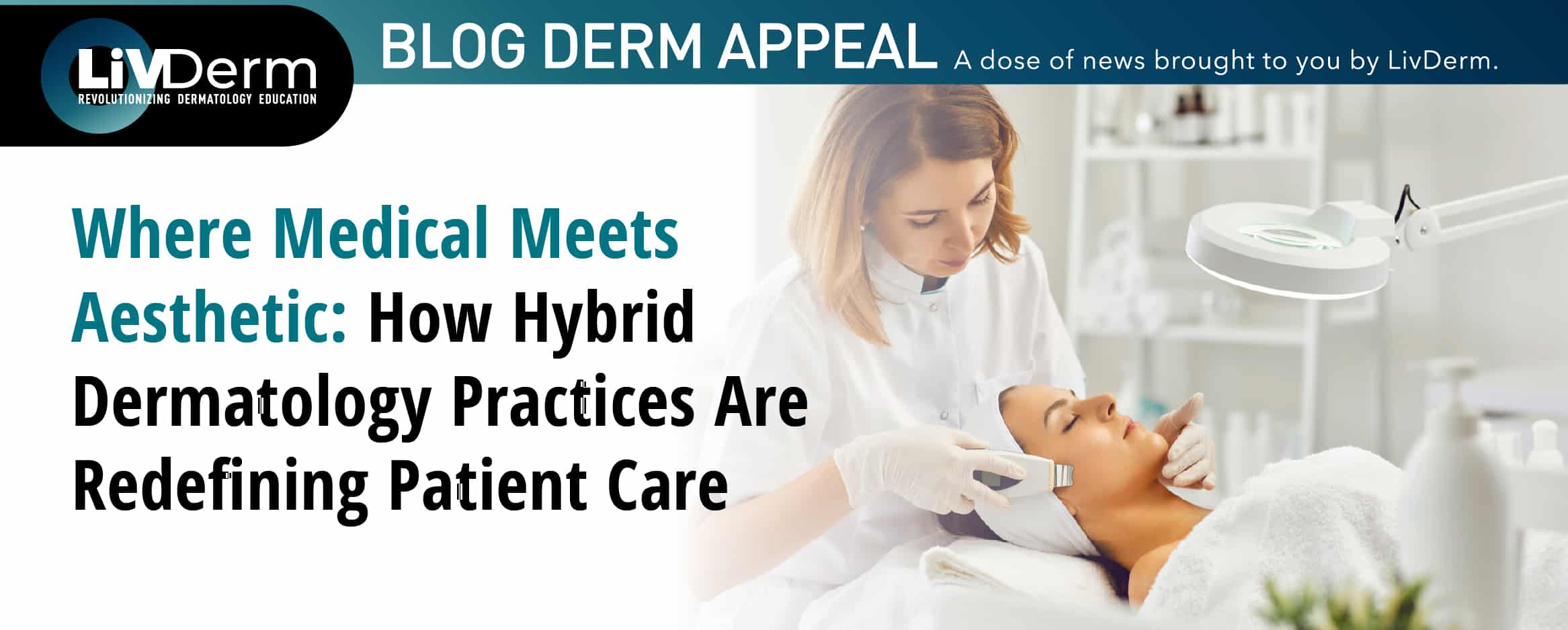Sensitive skin is an increasingly common condition that affects the quality of life and emotional well-being of 71% of all adults. As both clinical and self-reported cases increase, this widespread yet often underrecognized condition merits renewed clinical attention. Here’s how dermatologists and other health care professionals can promote education, raise awareness, and improve outcomes for patients with sensitive skin.
Why Sensitive Skin?
The skin barrier is constantly challenged — affected by external conditions like weather, pollution, ultraviolet radiation, and poorly chosen skincare regimens, as well as internal factors such as sleep, stress, and lifestyle choices.
“I like to describe the skin barrier as a ‘bricks and mortar’ mechanism,” explained Cheri Frey, MD, assistant professor of dermatology at Howard University in Washington, DC. Dr. Frey, who will speak on pigmentary conditions in skin of color at the upcoming South Beach Symposium (SBS), noted that “the bricks are the corneocytes, and the mortar is the lipid matrix.”
Sensitive skin, she added, is characterized by a breach in this “mortar,” leading to heightened permeability to irritants. Once the barrier is compromised, symptoms quickly follow.
“Water escapes more easily, and that’s what leads to dryness or tightness and even sensitivity,” said Dr. Frey. “The therapeutic goal comes back to strengthening the barrier so it’s able to help maintain that water balance.”
Protect and Strengthen
Dr. Frey and Zoe Diana Draelos, MD, a clinical and research dermatologist, recently discussed sensitive skin in a Dermatology Times interview. They highlighted several biochemical players involved in barrier function, including:
Filaggrin: Essential for epidermal differentiation; it breaks down into natural moisturizing factor (NMF), which is critical for retaining water within the stratum corneum.
Aquaporin-3 (AQP3): A water and glycerol channel responsible for regulating moisture flow within the epidermis.
Transepidermal Water Loss (TEWL): Elevated TEWL signals barrier impairment, although a small, regulated degree of water loss is necessary to trigger the body’s innate repair mechanisms.
Dr. Draelos noted a therapeutic shift toward formulations designed to both protect and strengthen the skin barrier across skin types.
“We’re actually looking for formulations that contain the key components of the skin barrier that are deficient in sensitive skin,” she said. “TEWL is the message that tells the body that the skin barrier has been breached, and the barrier healing process can be activated by only 1% TEWL.”
Leveraging the process through targeted interventions should reduce TEWL enough to permit repair while not completely masking the signal required for physiologic healing.
Patient and Clinician
What is the difference between clinically diagnosed sensitive skin and patient-perceived sensitive skin? Clinically diagnosed conditions may include atopic dermatitis, rosacea, acne, or other disorders in which TEWL is typically elevated and measurable. Patient-reported sensitivity, however, often includes more subjective symptoms like stinging, burning, or itching without visible inflammation.
Although patients know when their skin is showing signs of sensitivity, they may not realize they are worsening the issue with their own daily habits — from over-exfoliating, using harsh cleansers, applying excessive fragrances and essential oils, layering too many products, or undergoing frequent aesthetic procedures without enough recovery time.
“[Considerable] damage can be done by the products that patients think are helping improve their skin,” Dr. Frey explained. Clinicians can counter this by educating patients about the “why” behind a regimen and helping them tailor daily routines with evidence-supported ingredients and simple, effective steps. By recommending products appropriate for a patient’s skin type and reinforcing consistency, clinicians can guide patients toward a strengthened barrier and reduced sensitivity.
Concluding Thoughts
“I like to start everyone on a skin diet,” said Dr. Frey. “I tell them simple is better. We need the cleanser, the moisturizer, and the sunscreen.”
This kind of practical simplicity supports adherence and helps avoid the irritation associated with product overload. From there, clinicians can focus on strengthening the barrier as the foundation for treating other skin conditions, using patch testing when needed to identify irritants related to contact dermatitis, rosacea, seborrheic dermatitis, eczema, or other common disorders.
Drs. Frey and Draelos emphasized the importance of restoring the barrier in patients with sensitive skin using contemporary moisturizers that go beyond simple occlusion and hydration. The most effective formulations actively deliver components that the compromised barrier lacks and help stimulate endogenous repair.
According to Dr. Draelos, “We’re actually looking for formulations that contain the key components of the skin barrier that are deficient in sensitive skin.” These formulations should contain epidermal lipids such as ceramides, cholesterol, and fatty acids to rebuild the intercellular mortar, offering NMF replenishment using humectants like glycerin and hyaluronic acid.
It may seem like a simple solution for such a widespread problem, but collaboration between clinician and patient is the starting point for addressing skin sensitivity. Consultation, education, and thoughtful recommendations create a clear pathway to restoring the barrier and reducing sensitivity.
For more clinical insights, research updates, and evidence-based skincare strategies, join us at SBS 2026, where Dr. Frey and other leading experts will share the latest developments shaping dermatologic care.
















